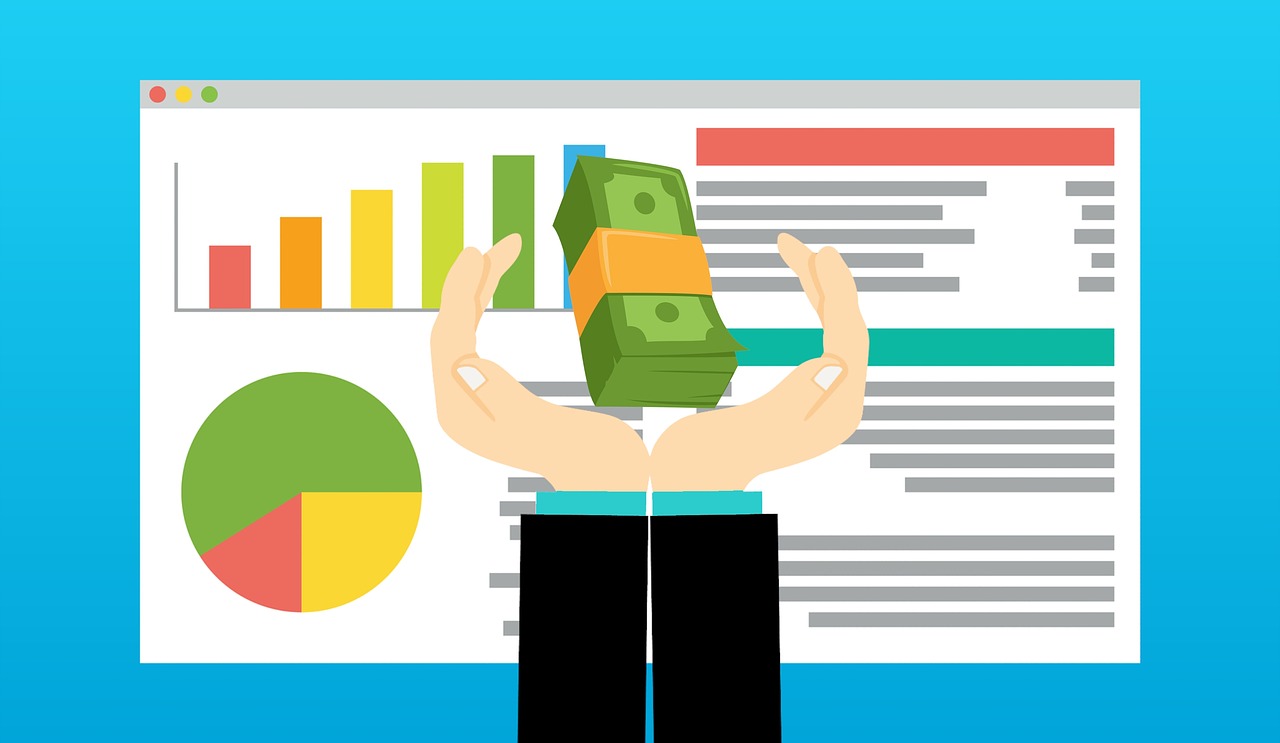There are basically two dominant emotions in the equity market: fear and greed. Investors tend to either be blissed out during bull markets or terrified during corrections and bear markets. Somewhere in the middle investors become complacent. Proponents of technical analysis believe that various indicators can accurately measure the sentiment of the market. In my experience, the VIX is probably the best measure of investor sentiment especially at market extremes. The CBOE Volatility Index (VIX) represents the market’s expectations for near-term price changes of the S&P500 index over the next 30 days. The VIX is measured by using the prices of S&P500 index options. The VIX starts rising during times of market declines and generally goes down when the market is on an upward trend. When the VIX trades below 20 it means that the market is relatively stable and when it trades above 30 it means volatility is rising and is expected to become more volatile.
Q1 2021 hedge fund letters, conferences and more
Why the Vix Is a Contrarian Indicator
March 16, 2020 was the day that investors began pricing into the market the likelihood of prolonged lockdowns due to the Covid-19 pandemic. The S&P500 plunged 12% and had its worst day since 1987. The S&P500 didn’t bottom until March 23. When it was all over the market had dropped 34% at the fastest rate in its history. The VIX also peaked at 82.69 on March 16, 2020 and even surpassed its prior peak of 80.74 which was reached on November 21, 2008 during the middle of the Great Financial Crisis. It was the maximum point of terror for investors and the time to start buying. If you couldn’t muster the courage to purchase shares, you should’ve at the very minimum continued to hold on to your positions. For a more detailed account of why you shouldn’t panic sell you can read a recent article I published titled, What 2020 Can Teach Us About the Perils of Panic Selling.
Warren Buffett has stated the following about buying during market panics: “And if they insist on trying to time their participation in equities, they should try to be fearful when others are greedy and greedy only when others are fearful.” Thus, the VIX is the best barometer of when the vast majority of investors are cowering underneath their desks in terror and indicates the best time for you to be buying. The S&P500 ultimately ended 2020 with a gain of 16.3% and continuously rallied from the March 2020 lows through the end of the year. Thus, proving that the point of peak terror was also the best buying opportunity.
Sdsadsa
CBOE Volatility Index: VIX
Why Capitulating Is Always a Mistake
The VIX clearly measures the point of maximum pessimism in equity markets where investors begin to capitulate and start selling. The belief that most investors hold is that as prices decline risk is increasing. Thus, an investor who may have had the self-control to hold on to his position with the market down only 10%, will quickly liquidate his entire portfolio if the market declines by 20%. Failed investors will have a strong desire to sell when markets are falling. The most successful investors such as Warren Buffett, take the opposite view that when prices are falling value is increasing. Essentially, you’re able to purchase a future stream of earnings and dividends for a discount. Assuming that the future earnings stream is not permanently damaged, a market correction means you’re getting a better deal on a particular stock or index. Ultimately, we don’t have control over the volatility in the markets but we do have control over our reactions. As a subscriber to the Ashva Capital LP investor letters, you’ve probably already developed a strong belief that market sell-offs mean a buying opportunity. However, the VIX provides a definite measurement of peak fear among market participants. Thus, when the VIX spikes above 40 you can have comfort in knowing that the panic selling will have peaked and eventually the market recovery will begin as it inevitably does.
Article by Ankur Shah, Ashva Capital

